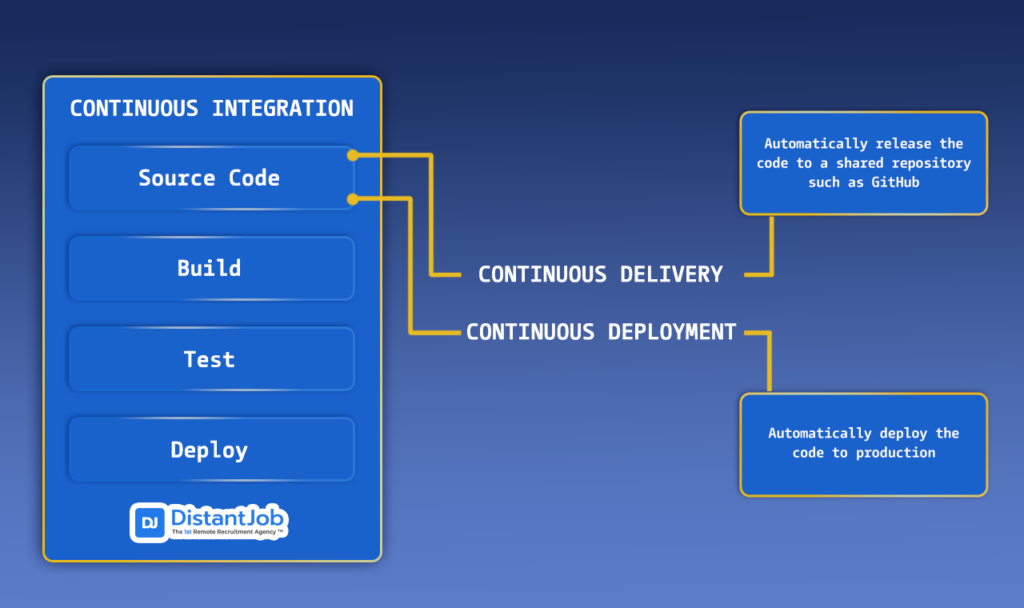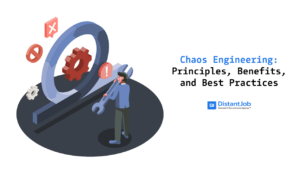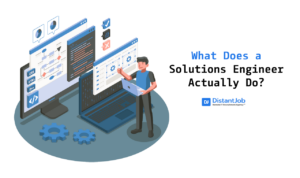CI/CD, known as Continuous Integration and Continuous Delivery, are concepts within Agile software development, particularly in the DevOps framework. They embody principles and best practices that streamline the process of swiftly, efficiently, and reliably delivering code changes.
In this blog, we’ll explore the significance of CI/CD in software development and highlight how DevOps teams can automate the entire process from integration to delivery along the CI/CD pipeline.
Continuous Integration (CI) Explained
DevOps teams developing software using a range of platforms and technologies require a uniform method for integrating and validating changes. Continuous Integration (CI) is a concept in the software engineering process that addresses this issue, ensuring platforms are in sync.
Through CI, developers integrate the new code they’ve written regularly throughout the software development cycle, adding it to the Codebase at least once.
Within agile methodologies, Continuous Integration (CI) simplifies the resolution of issues found between newly written and old code, enabling quick bug solutions.
This automated approach to software development promotes quick iterations of the product by eliminating manual errors and creating standardized feedback loops for software engineers.
Key Concepts in Continuous Integration (CI)
With continuous integration (CI), developers may automate the process of building, packaging, and testing applications by committing to a shared repository like GitHub. The CI pipeline operates under the following concepts:
1. Code integration
Code integration is the initial stage of the CI/CD workflow. Developers integrate their code changes with the main Codebase by committing to a remote repository. Code integration aims to ensure that changes to the code don’t interfere with the entire Codebase and do not break the build.
2. Automated testing
After code integration, automated testing is the next step in the CI pipeline. The testing team uses automated testing to perform a series of tests on the software or code to see if it satisfies the requirements.
This stage guarantees the code modifications are error-free, functional, and up to the quality requirements. Teams and DevOps can spot problems early in development and address them effectively.
Continuous Delivery (CD) Explained
Continuous delivery is a step in the CI/CD pipeline that picks up where continuous integration ends. It automatically delivers applications or verified code updates to designated environments, including production, development, and testing environments.
The operations team can modify a live production environment within the continuous delivery workflow. Here, the software and APIs are effectively tested, and all errors are resolved through an automated process.
In general, the continuous delivery phase in the CI/CD pipeline aims to release new code as quickly as possible while retaining some degree of human control.
Continuous Deployment vs Continuous Delivery: Key Differences
Continuous Deployment and Continuous Delivery are two code deployment strategies pivotal to automation in software development. Their differences mainly lie in the degree of automation for software or app releases.
Continuous Delivery | Continuous Deployment | |
What are they? | Development teams usually have many environments to stage application updates for testing and review. Continuous delivery is the automation mechanism that sends apps to one or more delivery environments. | Continuous deployment is an extension of continuous delivery that enables the software to be released after each code commit passes a test. |
Deployment Automation | After builds, unit, and integration testing are automated in continuous integration (CI), continuous delivery automates the deployment of verified code. This implies that when a developer updates an application, it is immediately tested for bugs and published to a repository, where the operations team may deploy it to a live production environment. | Developer changes are automatically released from the repository to production, where users can access them. If changes to a cloud application pass automated testing, it should be ready for use within minutes of writing. |
Direct-to-Production | After successful testing, human assistance is typically required in continuous delivery before moving to the production phase. So, to facilitate an efficient continuous delivery process, you need continuous integration (CI) as part of your development pipeline. | When code passes testing on CD, it is automatically deployed to production without human approval. Continuous deployment addresses the issue of operations teams being overburdened with manual procedures that impede app delivery. Automating the subsequent pipeline stage expands on the advantages of continuous delivery. |
When combined, the two reduce the risk associated with app deployment, making it easier to distribute updates to apps gradually rather than all at once.
Continuous delivery can resolve the issue of poor visibility and communication between DevOps and business teams. Its goal is to guarantee that new code can be deployed with the least amount of work possible.
Similarly, continuous delivery ensures the Codebase is always ready for deployment to a production environment.
On the other hand, Continuous deployment eliminates human intervention against untested code in running software. However, it requires upfront investment because automated tests must be created to support a range of testing and release phases in the CI/CD pipeline.

CI Advantages
A continuous integration (CI) pipeline yields more benefits than simply increasing the efficiency of an already-existing operation.
- Early Bug Detection
CI ensures that code release procedures are standardized across all projects along the CI/CD pipelines. It also facilitates additional testing in test environments before finally sending the code to production. The end product is a more stable codebase with fewer defects.
- Improved Software Quality
Continuous integration (CI) is a reliable method for software engineers who want to write and test code. The deployment process along the CI pipeline is also standardized, resulting in high-quality software releases.
CD Advantages
Continuous Delivery offers many advantages to software development teams, such as process automation that guarantees:
- Faster Release Rates
CD facilitates the DevOps team’s rapid and regular delivery of updates to clients. Implementing CI/CD increases the velocity of the team, including the deployment of code features and timely bug fixes.
- Better User Feedback Loop
CD enables a better user feedback loop by releasing new features more quickly. The code deployment strategies in CD also allow you to test things and get feedback so you can determine what works and prioritize changes and enhancements.
Challenges in CI/CD Implementation and Where You Address Common Hurdles
Implementing a CI/CD pipeline comes with various challenges. Here’s a look at some of them and potential solutions to help you maximize the benefits of your CI/CD strategy:
Infrastructure Challenges
Scalability problems in CI/CD pipelines can result in significant delays if left unchecked. Sometimes, the pipeline’s infrastructure cannot shoulder the extra demands of your software projects with the expansion of the development team.
To be on the safer side, the current CI/CD pipeline’s infrastructure must always support the additional load. One solution to this challenge is to leverage cloud-based services that automatically scale in response to demand.
Integration Challenges
Integration issues in CI/CD pipelines are frequent and can delay software development. For example, agile development requires quick and frequent testing cycles. However, it can be challenging to incorporate testing into the workflow effectively.
One potential solution is to leverage an agile testing tool that works well with your workflow and to automate testing to deliver quick feedback.
Conclusion: Optimizing Software Development with CI/CD
CI/CD forms the foundation of a DevOps methodology for building and deploying software. By incorporating the code deployment methodologies mentioned above into your continuous integration and deployment (CI/CD) workflow, your DevOps teams may release software more quickly while retaining higher quality and dependability.
Besides, automation in software development affords you the much-desired competitive edge, faster time-to-market, and enhanced customer satisfaction. It also ensures easy collaborations while using best practices of the best techniques and technologies in the industry.
If you’re looking to hire a DevOps engineer to help implement these practices, we can assist. Learn more about how our remote recruitment services can connect you with top DevOps talent tailored to your needs.




